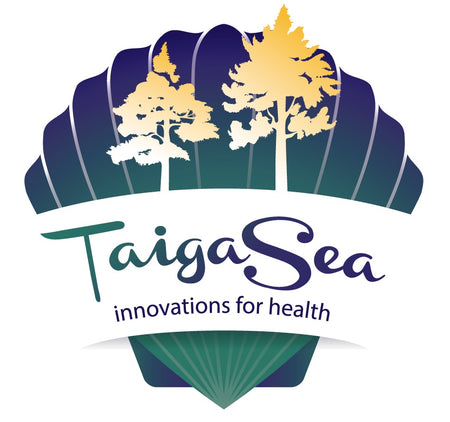Schisandra is a well-known adaptogen herb commonly used in Chinese medical practice for treatment and prevention of viral infections, fatigue, asthenia, loss of appetites, and many other illnesses. In China, Schisandra is classified as a “Qi-invigoration” herb under the “Yang” family. Holistically, “Yang” is viewed as a manifestation of body function supported by various organs and “Qi” is regarded as a vital substance, which is fundamental to life and provides energy for the human body. Schisandra berries are believed to nourish the “Qi” of the heart, kidney, liver, lung, and spleen, with improved energy utilization and increased longevity.
Modern medical standards always require the presence of significant evidences confirming health benefits of any medicine, remedy, or herb prior to their use in humans. This means that active compounds affecting human body must be determined and analyzed. The exact place or places in human body, these active compounds work in, should be localized, and proteins interacting with these substances called “biotargets” must be described. After that, the precise mechanism of action underlying beneficial effects of active compounds may be explained as well as possible side effects might be predicted. If scientists know these three things: 1. Active compound; 2. Biotarget; 3. Mechanism of action, they can claim that health benefits of an herbal remedy are scientifically proved.
That is why such herb as Schisandra always takes attention of medical researchers due to a lot of myths and legends about its health-improving effects in humans. It was found out several decades ago that active compounds in schisandra berries, which were named schisandrins, are responsible for adaptogenic activity:

|
 |
Ancient chinese medical books contain statements that schisandra can protect brain and stimulate its functions. In order to confirm this, numerous sophisticated research studies were carried out. They proved that schisandrins indeed possess some benefits for central nervous system. Molecular mechanisms underlying these effects were elucidated. And biological molecules responsible for development of brain disorders which can be targeted by schisandra were also determined.
The basic mechasisms of brain protection may be like the following:
- One of the causes of brain disorders is disturbances in mitochondria structure and function. Schisandrins were shown to enhance mitochondrial antioxidant status, stimulate mitochondrial respiratory function, and maintain mitochondrial structural integrity.
- Brain disorders are always associated with intensive oxidation processes. Schisandrins work as antioxidants quenching free radicals.
- Schisandrins prevent memory deficits increasing acetylcholine level in brain cells.
Results of another studies showed that schisandrins can pass through stomach and intestine, get into bloodstream with following distribution all over the body. It was figured out that these compounds can penetrate very firm capillary walls in brain and directly affect protein biotargets. Also, schisandrins were found to be metabolized in liver and by-products of their metabolism protect brain tissue as well.
The most interesting data about Schisandra’s brain protection is a dose that is necessary for its activity. Schisandra was found out to be a so called “Hormetic agent”. Hormetic substances have a very peculiar property – they are effective if taken in low doses. If they are taken in high doses they do not have any influence.
So, the long-term intake of Schisandra extract containing no more than 10 mg of schisandrins is a good method to postpone onset and slow down development of the age-related brain disorders. From this point of view, higher doses of Schisandra are not more effective and, moreover, they are useless.
Besides, among the great number of schisandra containing products, the only ones made from wild-crafted herb with high schisandrin concentration confirmed by scrupulous analysis are helpful.
If everything is done correctly, Schisandra may become a one small step in the struggle with brain impairments. Nowadays, it can help many people. The future research studies with schisandra may be a starting point for the development of the novel pharmaceuticals against severe age-related disorders like Alzheimer’s disease.
References:
1 Ko K. M., Mak D. H. F., Chiu P. Y., Poon M. K. T. “Pharmacological basis of “Yang-invigoration” in Chinese medicine,” Trends in Pharmacological Sciences, vol. 25, no. 1, pp. 3–6, 2004.
2 Lam P.Y., Ko K.M. Schisandrin B as a Hormetic Agent for Preventing Age-Related Neurodegenerative Diseases. Oxidative Medicine and Cellular Longevity, Vol. 2012, Article ID 250825.
Maksim Khotimchenko, Ph.D.
Vladivostok (Russia) – San Diego (USA)
